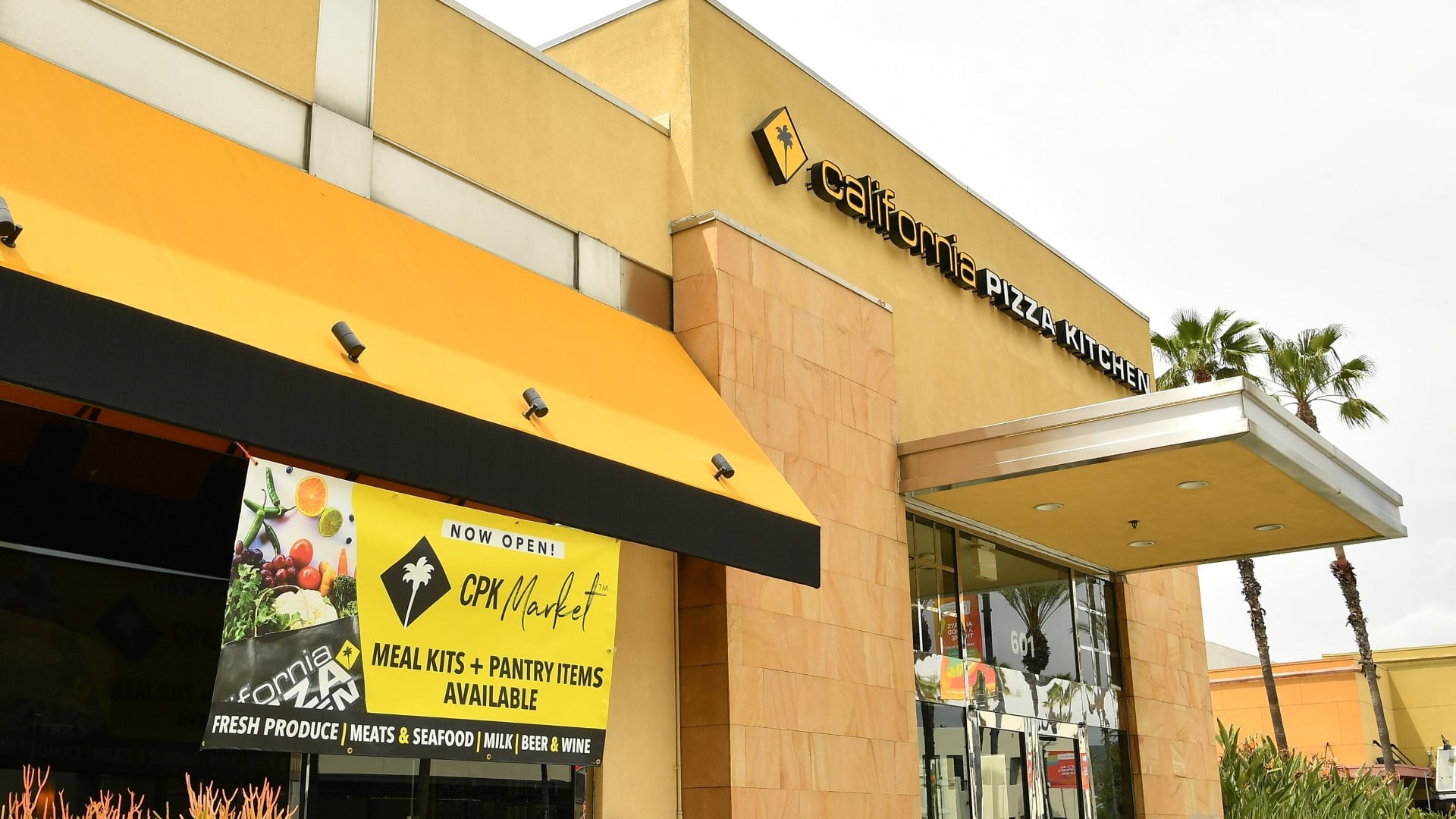By Christopher Rugaber
The nation’s employers added 336,000 jobs in September, an unexpectedly robust gain and the largest monthly rise since January, evidence that many companies remain confident enough to keep hiring despite high interest rates and a hazy outlook for the economy.
Last month's job growth jumped from a 227,000 increase in August, which was revised sharply higher. July's gain was also more than had been initially estimated. The economy has now added an average of 266,000 jobs a month for the past three months, a streak that could make it likelier that the Federal Reserve will raise its key rate again before year's end as it continues its drive to tame inflation.
Friday’s report from the Labor Department also showed that the unemployment rate was unchanged at 3.8%, not far above a half-century low.
The job market has defied an array of threats this year, notably high inflation and the rapid series of Fed interest rate hikes that were intended to conquer it. Though the Fed’s hikes have made loans much costlier, steady job growth has helped fuel consumer spending and kept the economy growing, defying long-standing predictions of a forthcoming recession.
The jobs data sets up some difficult decisions for Chair Jerome Powell and other Fed policymakers. Solid hiring could lead them to raise their key rate in November or December, because strong job gains suggest an economy growing too fast for inflation to cool. By raising borrowing costs, the Fed intends to slow spending by businesses and consumers.
Yet some data in Friday's jobs report raised the possibility that inflation could still ease even as hiring stays healthy. Notably, wage growth slowed in September, with average hourly pay rising 4.2% from a year earlier. That is still solid and slightly above inflation, but it was the slowest such figure in more than two years.
The Fed has been concerned that if pay rises too fast, companies will boost prices to cover higher labor costs, thereby fueling inflation. September’s slower pace of wage growth might help allay that concern.
In addition, long-term interest rates have spiked in the past two months, making loans more expensive across the economy and potentially serving as a brake on economic growth and inflation. Mortgage rates have jumped to 7.5%, the highest level in 23 years.
“It’s a pretty solid report and perhaps it makes the Fed a little bit more nervous just given the overall strength of the jobs market,” said Sarah House, senior economist at Wells Fargo. But the jump in interest rates “is doing some of the Fed’s work for it, and that makes another hike less compelling.”
Other threats to the economy have also emerged in recent weeks, including the resumption of student loan payments, widening labor strikes and the ongoing threat of a government shutdown. It's possible those challenges could help persuade the Fed to leave rates unchanged through year’s end.
Most large industries added jobs last month, from health care, which gained 66,000, to manufacturing, which added 17,000, to retailers, which added nearly 20,000. Professional services, a category that includes engineers and architects, gained 21,000. Government at all levels added 73,000 jobs, reflecting the healthy budgets of most state and local governments.
A key reason why wage growth has slowed has been an influx of new workers into the job market, partly a result of higher immigration. The proportion of people who either have a job or are looking for one has risen or stayed unchanged for 11 straight months, House said. With more workers available, employers are under less pressure to raise pay
"It's a sign that supply and demand in the labor market are becoming better balanced,” said Bill Adams, chief economist at Comerica Bank.
Sarah Tilley, a senior vice president at the business software provider ServiceNow, is seeing that balance improve as her company seeks to hire more software engineers and people with skills in artificial intelligence and machine learning skills. The company is also looking for more customer support staff.
It has become easier to fill some of these jobs. Applications are 80% higher than they were a year and a half ago, she said, with some of that increase likely a result of widespread layoffs last year by tech companies.
“There’s a healthy competition for talent,” she said. “It went from being ridiculously hard to compete for seasoned, experienced talent to being just really hard.”
Another change from a year ago, she noted, is that even workers with tech skills are less able to job-hop for large raises.
“People would jump off, get these real meaty increases,” she said. “And that’s changed. People are less inclined to take the risk.”
The Fed's inflation fighters have been scrutinizing every scrap of data to determine whether to raise their key rate once more this year. On Thursday, Mary Daly, president of the Federal Reserve Bank of San Francisco, said that the Fed could stop raising rates if the job market kept slowing and inflation kept easing.
Last week, a price gauge closely tracked by the Fed showed that measures of underlying inflation slowed in the latest sign that overall price pressures were still moderating.
“If we continue to see a cooling labor market and inflation heading back to our target, we can hold interest rates steady and let the effects of policy continue to work,” Daly said in remarks to the Economic Club of New York.
Job growth has remained resilient for most of the past 2 1/2 years even after high inflation flared and the Fed jacked up interest rates at the fastest pace in four decades. The Fed’s benchmark rate stands at a 22-year high of roughly 5.4% after 11 hikes beginning in March 2022.
On the one hand, Fed officials, including Chair Jerome Powell, have stressed that inflation remains too far above their 2% target and that another rate hike might be needed to slow it to that level. At the same time, several Fed policymakers have underscored that they want to be careful not to raise borrowing rates so much as to trigger a deep recession.
After a period in the spring when traders seemed to expect the Fed to reverse course and cut interest rates soon, the financial markets now recognize that the central bank will keep its key rate elevated well into 2024. That’s one reason why the yield on the 10-year Treasury note has surged since July, topping 4.8% Friday after the report was released, a 16-year high.
The 10-year yield is a benchmark rate for other borrowing costs, including mortgages, auto loans and business borrowing. The higher yield has, in turn, punished stocks: The S&P 500 stock index has tumbled 7.2% since late July.








